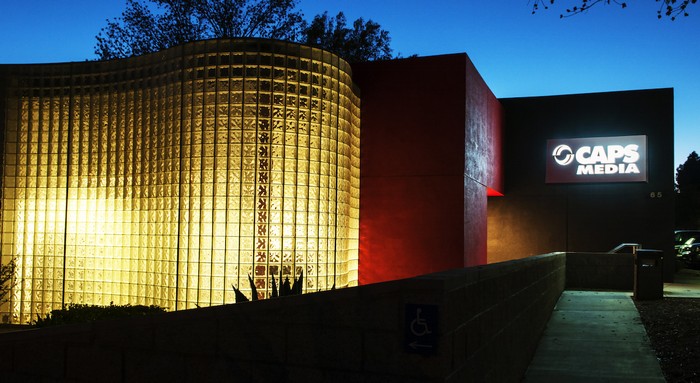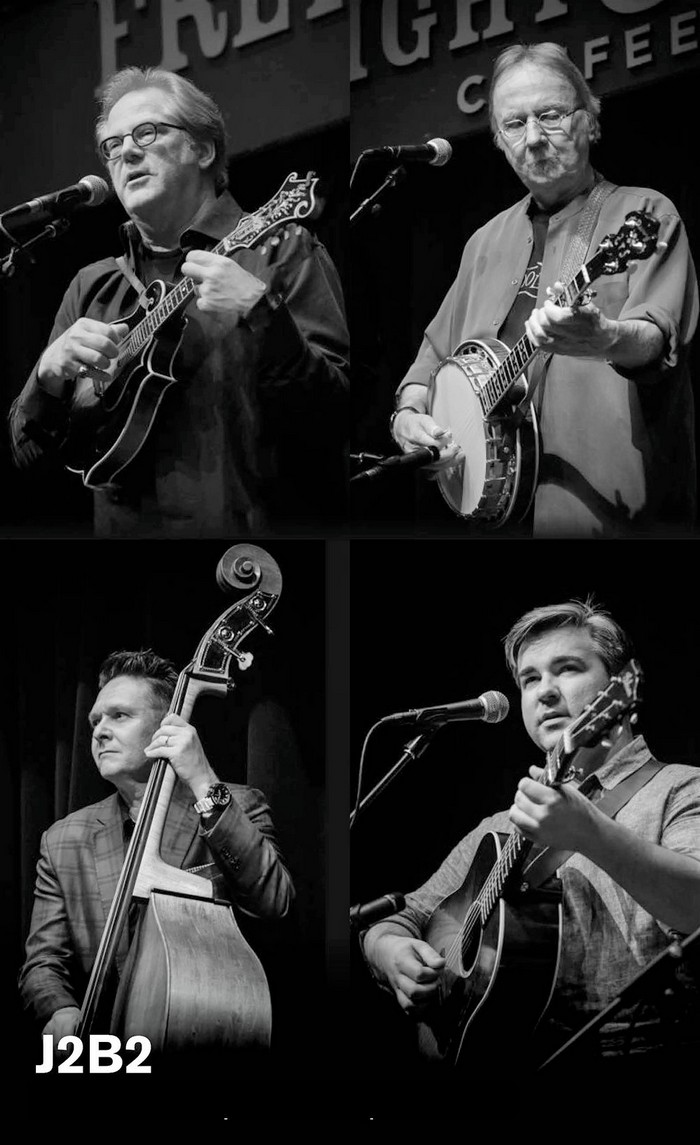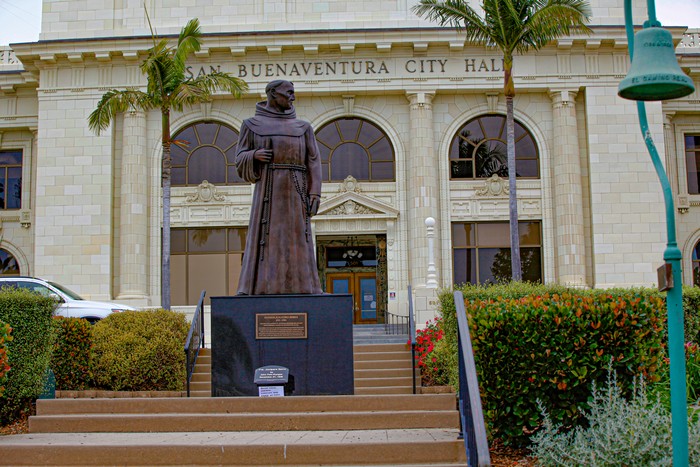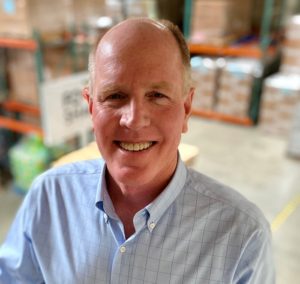Hello fellow Venturans. Since the start of the COVID-19 crisis the CAPS Media Center has been closed, however CAPS crews have continuously provided extensive communication services to the City and County to help inform the public. For example, every week CAPS produces updates by City officials and CAPS continues to direct the broadcast and streaming of City Council meetings and other committee meetings with remote participation by board members, committee members and city staff. Plus, every Monday, Wednesday and Friday CAPS Crews record the live County COVID-19 updates at the County government center and then edit/format the updates with titles and subtitles in Spanish. In addition, CAPS crews continue to produce numerous videos for Ventura County Fire, Public Health and other agencies.
For years the Ventura Breeze has given CAPS Media the opportunity to provide updates on our activities. Despite serving the Ventura community for twenty years, many people do not know what CAPS Media is, what it does, where it is located or how the organization was founded or evolved.
Community Access Partners of San Buenaventura or CAPS, as it is commonly known, is a Public Access, non-profit 501 3(C) corporation was formed on December 20, 2000 by a group of public and media-minded Ventura citizens.
Public Access is guaranteed by the First Amendment of the United States Constitution. This provided a catalyst for the Ventura group in forming a Public Access entity created by the cable franchise negotiations between the City of Ventura, Avenue Cable (later Charter Communications) and Adelphia Cable (later Time Warner and now Spectrum). The public-private agreement provided for multiple PEG access television channels in Ventura.
Twenty years ago our visionary founders ensured that the operation of the Public Access media center for community service would be managed as an independent non-profit organization without discrimination. Today CAPS continues to train and guide members and collaborate with the City of Ventura, Ventura Unified School District, Ventura College, Ventura County and other community, educational, service and faith-based non-profit organizations. Primary funding for CAPS is derived from franchise fees paid by the cable companies to the City of Ventura. A portion of these franchise fees were allocated to CAPS Media.
CAPS is managed by a small staff with oversite from an unpaid Board of Directors which includes community members, elected by the CAPS Media membership and/or identified by the Board of Directors, as well as representatives from the City of Ventura, Ventura Unified School District, the Ventura Community College District and the County of Ventura. CAPS Mission is “to create an engaged and informed community through participation in electronic media.” Our vision is to Engage, Educate and Entertain.
CAPS Media is a membership organization. Anyone who lives, attends school or works in the City of Ventura, as well as non-profit organizations can become members of CAPS Media for a nominal annual fee. With various training classes, strong mentorship and support, our members share their voices and have produced award winning programs.
For over fifteen years CAPS has managed two Public Access Television Channels 6 and 15 and more recently. one Public Access Radio Station, KPPQ.
In 2019 alone CAPS provided over 27,000 hours of services. These include directing, broadcasting and streaming 55 City meetings, including City Council, Design Review, Planning and Historic Preservation and 19 VUSD board meetings. We rebroadcast VC Board of Supervisors meetings. The CAPS staff provided more than 15,000 hours of Production Services in support of the community. Our well- established programs of media education for students and community groups totaled almost 10,000 hours. More importantly, we’ve helped to inspire and support youth voices as they created award winning programs.
Exciting new chapters in the story of Community Access Partners of San Buenaventura await us all when our community emerges together from the current crisis. With that in mind, all of us at CAPS Media hope everyone is Staying Safe and Healthy during this challenging time.



